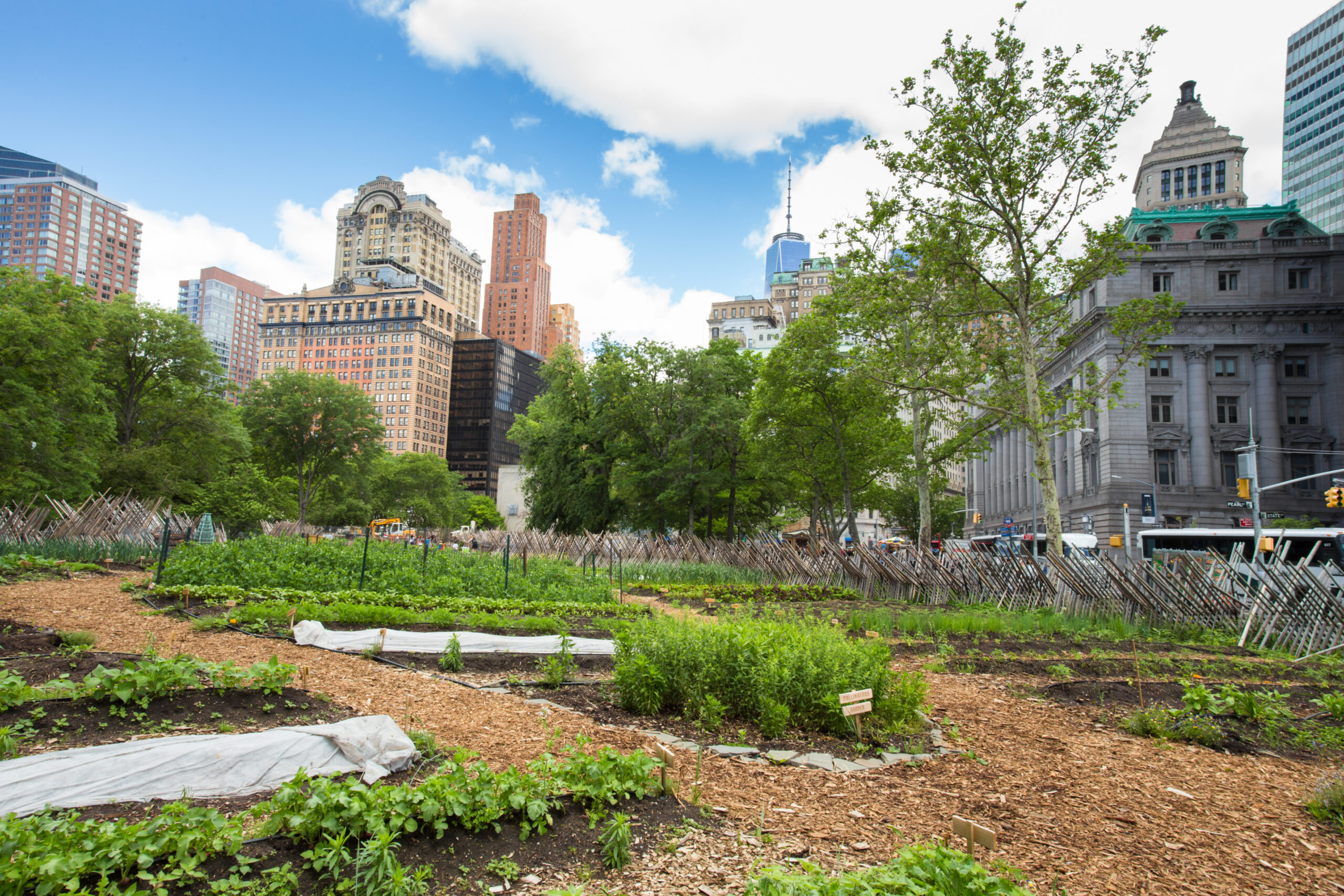The 25-Second Trick For City Blooming
The 25-Second Trick For City Blooming
Blog Article
How City Blooming can Save You Time, Stress, and Money.
Table of ContentsCity Blooming Can Be Fun For EveryoneSome Known Details About City Blooming The Single Strategy To Use For City BloomingA Biased View of City BloomingNot known Facts About City Blooming
Interested in expanding food for sale in the City of Chicago? Below is a listing of frequently asked questions relating to the rules and policies that growers need to think about when preparing a metropolitan farming task.
The zoning modification does not modify any kind of other codes taking care of composting, building permits, purchasing or renting City owned residential property, organization licenses or ecological contamination. There are existing codes that control these concerns and they remain completely result and may apply to your job. Community gardens are typically had or taken care of by public entities, public organizations or community-based companies and kept by volunteers.
Urban farms expand food that is intended to be marketed, either on a not-for-profit or for-profit basis. As a result of their business function, metropolitan farms call for a service permit. Yes. An area yard is permitted to offer excess create that was grown on site if the sales are accessory or subordinate to the garden's key objective explained above.
Top Guidelines Of City Blooming
The amount of compost material can not go beyond 25 cubic backyards at any offered time according to the standards in 7-28-715 of the City's Municipal Code. Since the dirt at a lot of new yard sites requires changing, garden compost, soil, wood chips, or various other products can be acquired to construct or improve the expanding area.

If a structure authorization is required after that the hoophouse will certainly be thought about an accessory structure. You can discover even more regarding the building permit needs by contacting the Division of Structures. The 25,000-square-foot size limitation is meant to avoid a solitary neighborhood garden from dominating a given block or interfering with the block's existing property or commercial personality.
The limit does not relate to yards located in Public Open Area (POS) areas. Can there be even more than one neighborhood yard that is 25,000 square feet on a solitary block? Yes. The size restriction puts on individual gardens, not to private blocks. No. Secure fencing is not called for, however, gardens that have big parking lot may be needed to mount fence or various other landscaping attributes.
Not known Details About City Blooming
B1 & B2 areas need that all commercial use activities be carried out inside. Is secure fencing needed for metropolitan farms? Fencings might be required, along with landscape design and testing, for particular car parking locations and exterior job or storage space locations depending on location and the particular activity taking place.
Yes. Urban ranches require building licenses and zoning authorizations before construction. Other types of city testimonial might be called for relying on certain structures, tasks, dimension, landscaping, licensing, public heath and stormwater administration problems. Much of these needs are recognized in the task design or allowing procedure, however, the candidate may be liable to separately identify particular licenses or allows that may be needed.
The Department of Company Affairs and Consumer Protection can help establish the particular kind of company certificate that's called for. Off street auto parking is required for most industrial tasks in Chicago. The needed number of auto parking rooms is based on the number of employees functioning on website and not the square video of the growing room.
The Single Strategy To Use For City Blooming

An urban farm can market compost product produced on site, however, the operation must comply with the policies in 7-28-715 of the Chicago Municipal Code. Aquaponic systems are allowed indoors on urban ranches in several zoning areas.
Approximately 5 hives or nests of honey bees may be kept as an accessory usage. However, beekeepers have to register with the Illinois Division of Agriculture. For more details concerning the recommended zoning change you may call the Department of Real Estate and Economic Advancement, Bureau a fantastic read of Planning and Zoning at 312.744.8563.
Farming in cities and urban locations A city ranch in Chicago. Urban agriculture refers to numerous practices of growing. https://www.metal-archives.com/users/cityblooming, processing, and distributing food in metropolitan locations. The term likewise applies to the area activities of pet husbandry, aquaculture, beekeeping, and gardening in an urban context. Urban farming is distinguished from peri-urban farming, which occurs in backwoods beside suburban areas.
Rumored Buzz on City Blooming
It can include an activity of organic growers, "foodies" and "locavores", that look for to develop social networks based on a shared values of nature and neighborhood holism. These networks can develop using official institutional support, ending up being integrated right into local town as a "transition community" activity for sustainable metropolitan development.
In either instance, the extra straight access to fresh veggie, fruit, and meat products that may be understood via city agriculture can improve food security and food security while decreasing food miles, bring about lower greenhouse gas discharges, therefore contributing to climate modification reduction. Several of the first proof of city farming originates from Mesopotamia.
Report this page